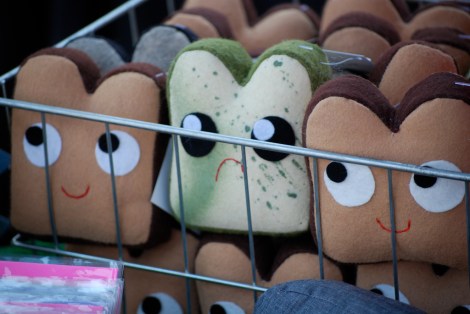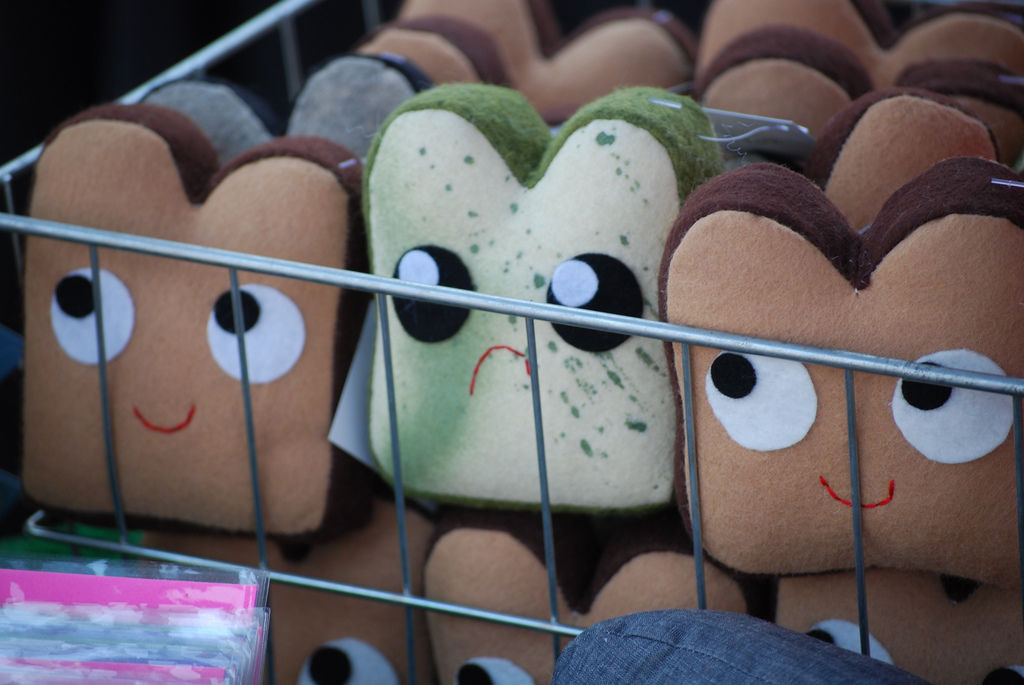
We waste an estimated 43 billion pounds of food a year. That’s about 10 percent of the food sold in stores. A big subset of the category of perishable foods is bread — but scientists think they may have come up with a way to extend this popular food item’s longevity, by using fatty acids found naturally in sourdough bread.
Sourdough bread doesn’t spoil as fast as other bread, which prompted scientists to look at its chemical makeup. They began by looking at lactic acid bacteria, which converts sugars to give the bread its sour taste. As it turns out, lactic acid bacteria converts linoleic acid (found in flour) into hydroxy fatty acid, which is fungus-resistant.
This could mean that hydroxy fatty acids can be used as an all-natural mold preventative, reducing or replacing artificial preservatives. Or it could mean nothing, because the scientists still have to do more research to figure out exactly why and how the lactobacilli do their conversion magic. But we think it’s worth it. Minimizing waste is big business these days. Not nearly as big as creating it, mind you, but big nonetheless.



